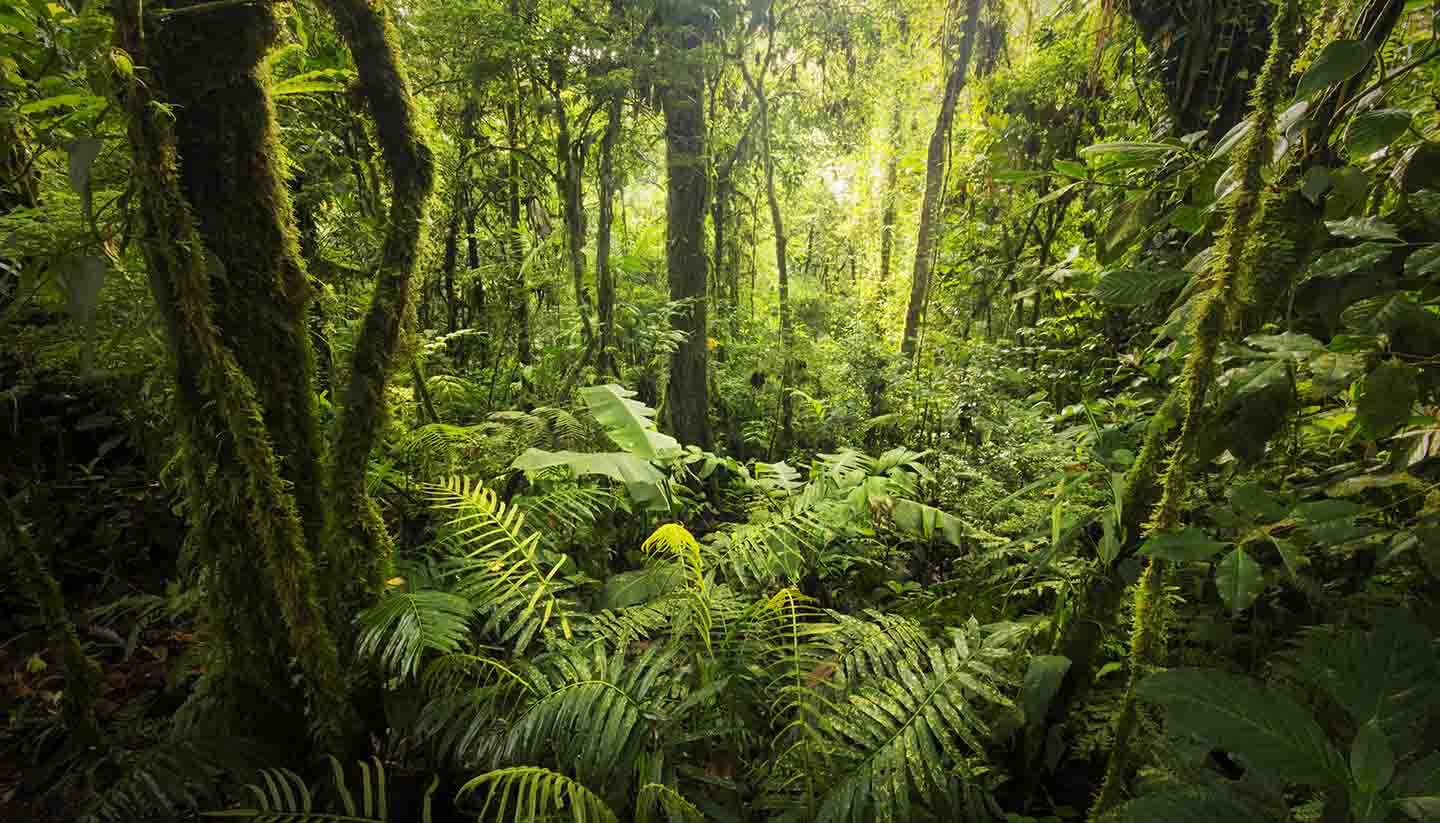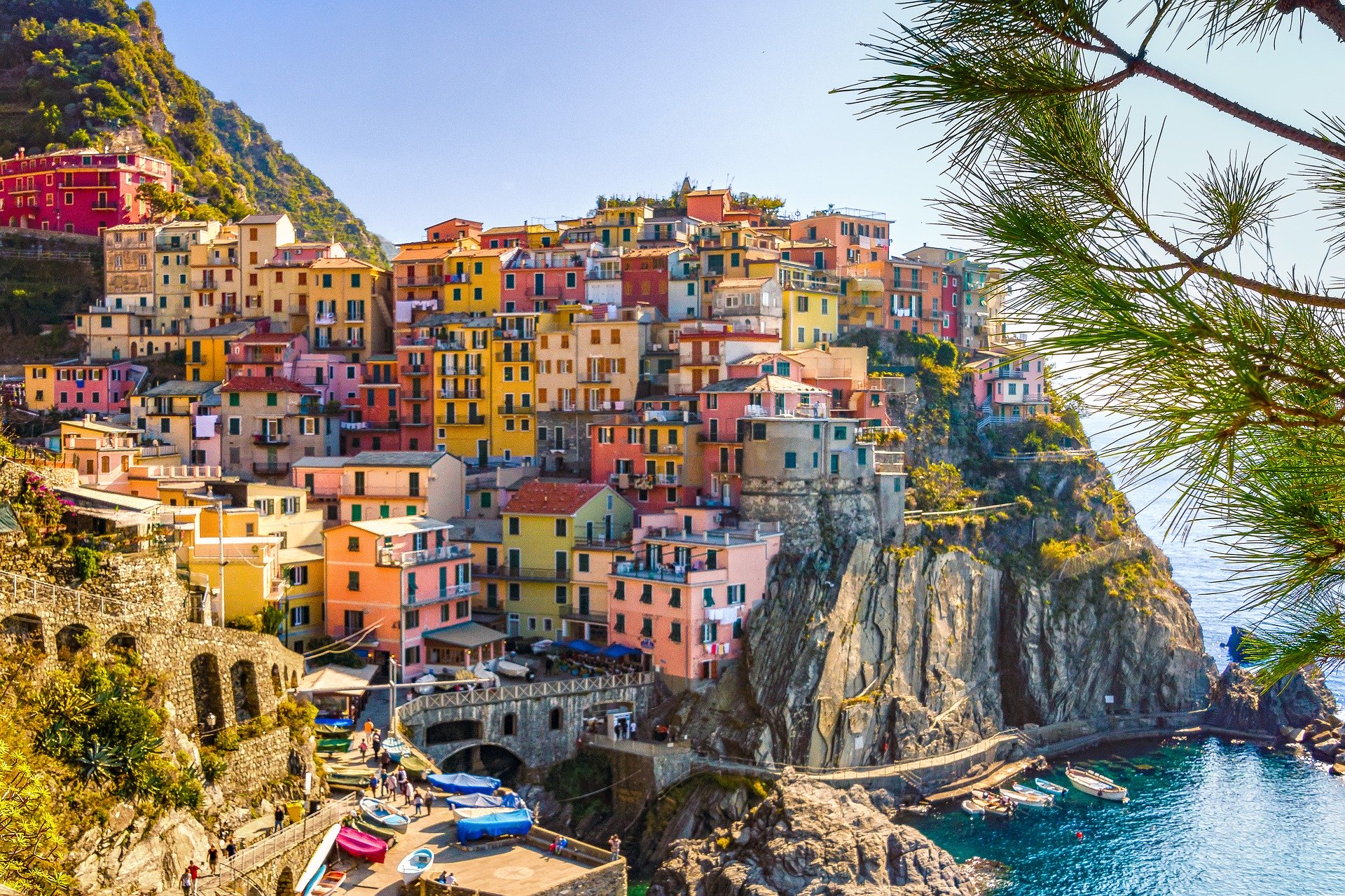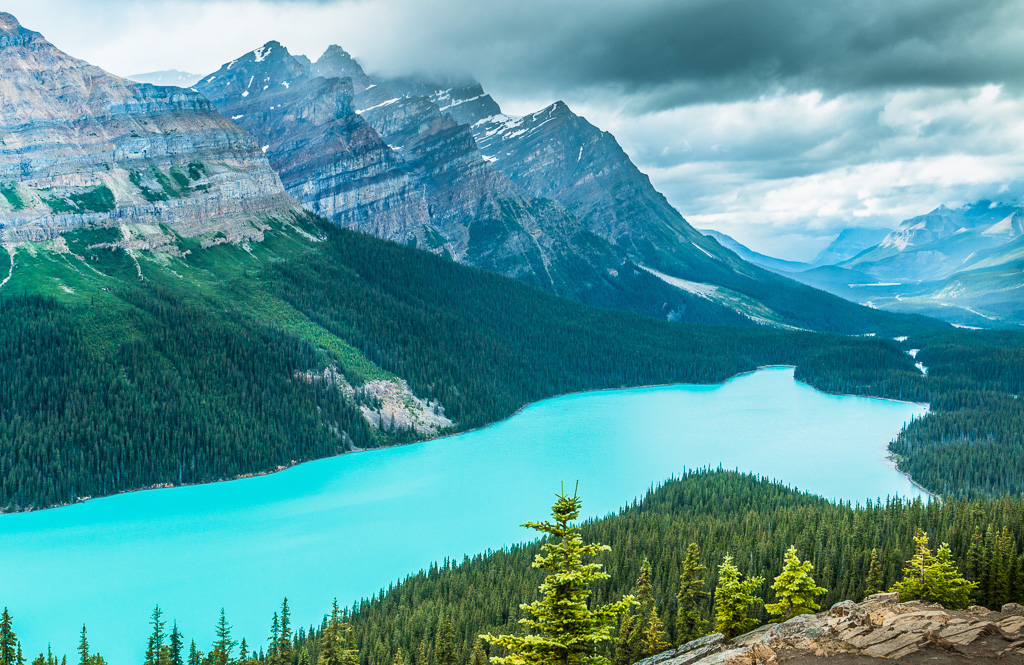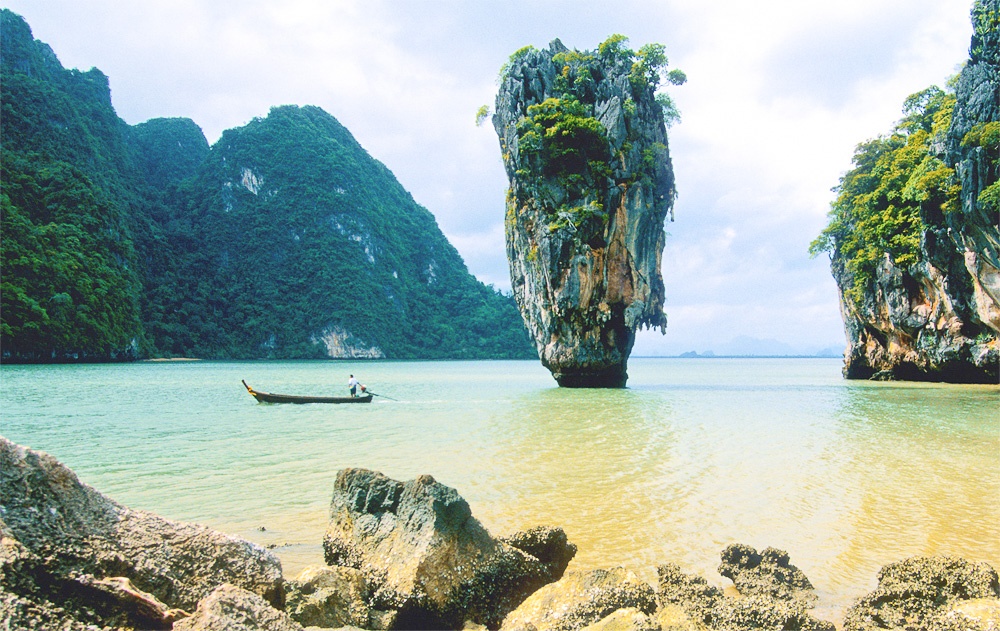My kids are super excited and looking forward to the trip to Costa Rica during the spring break in April. Costa Rica is one of the sought after adventure-travel and vacation destinations in Latin America. Costa Rica is rich in natural wealth, abundant biodiversity and spectacular rain forests thus giving tourists ample opportunities for sunbathing and surfing, rafting and kayaking, zip lining over the dense rain forests, bird watching and wildlife viewing, hiking volcanic mountain and more. Read on for tips on planning a trip to Costa Rica.
What are the visa requirements ?
Citizens of the United States, Canada, Great Britain, and most European nations can visit Costa Rica for a maximum of 90 days, without any visa , but you must have a valid passport, which you should carry with you at all times while you’re in Costa Rica.
What is the best time to go to Costa Rica ?
The high season for tourism in Costa Rica runs from late November to late April, coinciding with the winter chill of US, Canada and Europe. The high season is also the dry season.From Christmas to the holy week before Easter, tourism industry operates at full capacity, prices are high, attractions are crowded and booking needs to be made well in advance.
It is easier to negotiate better prices during the less crowded tropical rainy season or the green season (May through mid Nov). One of the drawbacks is that some of the country’s rugged roads become un motorable without four wheel drive during the rainy season.
The most popular time of the year to visit Costa Rica is December to January, when everything is still green from the rains and the skies are clear.
How to get to Costa Rica from the US ?
It takes between 3 and 7 hours to fly to Costa Rica from most U.S. Cities. Most international flights land in capital San José’s Juan Sanataria Airport. Liberia’s Daniel Oduber Airport is also an international airport.Liberia is the gateway to the beaches of the Guanacaste region, and a direct flight here eliminates the need for a separate commuter flight in a small aircraft or roughly 5 hours in a car or bus from San Jose.
San José is a much more convenient gateway if you are planning to head to Manuel Antonio, the Central Pacific coast, the Caribbean coast, or the Southern zone.
You can also drive to Costa Rica from the US but it no light undertaking and there should be a very good reason for you to do this. Border crossings can be stressful and paperwork requirements can bog you down.
Some 350 cruise ships stop each year in Costa Rica, calling at Limón on the Caribbean coast, and at Puerto Caldera and Puntarenas on the Pacific coast. Many are part of routes that cruise through the Panama Canal.
How to get around in Costa Rica ?
By Air – Costa Rica is a small country and three are regional flights which are short in duration and cheap.
By Car – Renting a car is perhaps the best way to see Costa Rica on your own terms, so long as you’re prepared for narrow roads riddled with potholes, one-lane bridges, muddy backroads, and sometimes frustrating lack of clear road signs or maps.
The awful road conditions throughout Costa Rica are legendary. The hot sun and hard rain take a hard toll on the condition of the roads. Even paved roads are often badly potholed, so stay alert. Conditions get especially tricky during the rainy season, when heavy rains and runoff can quickly destroy a stretch of pavement.
Thousands of tourists rent cars here every year, and the large majority of them encounter no problems, however stay alert and employ common sense, car break ins are common and tourists stand out. Keep in mind that four-wheel-drive vehicles are particularly useful in the rainy season (May to mid-Nov) and for navigating the bumpy, poorly paved roads year-round. Many of the major international rental agencies operate in Costa Rica.
You can also hire a car with a driver for a more relaxed experience, however this comes with additional cost.
Bus- This is by far the most economical way to get around Costa Rica. Buses are inexpensive and relatively well maintained, and they go nearly everywhere. Local buses- the cheapest and slowest, stop frequently and are generally a bit dilapidated. Express buses run between capital San José and most beach towns and major cities; these tend to be newer units and more comfortable.
Taxis are readily available in San José and in popular tourist towns and destinations. In San José, your best bet is usually just to hail one in the street. However, during rush hours and rainstorms, and in more remote destinations, it is probably best to call a cab. If no number is listed, ask at your hotel, or, if you’re out and about, at the nearest restaurant or shop; someone will be more than happy to call you a cab.
What are the main regions in Costa Rica ?
Bordered by Nicaragua in the north and Panama in the southeast, Costa Rica is only slightly larger than Vermont and New Hampshire combined. Much of the country is mountainous, with three major ranges running northwest to southeast. Costa Rica has two coasts – Pacific and the Caribbean and these two are quite different from each other like the east and west coast of North America.
The Pacific coast is extensive and has a rugged but mostly accessible coastline and is divided into four regions-
Guanacaste, the Nicoya Peninsula, the Central Coast, and the Southern Coast. There are some spectacular stretches of coastline, and most of the country’s top beaches are here, as well as some of the best national parks. This coast varies from the dry, sunny climate of the northwest to the hot, humid rainforests of the south.
Guanacaste -The northwestern corner of the country near the Nicaraguan border is the site of many of Costa Rica’s sunniest and most popular beaches, including Playa del Coco, Playa Hermosa, Playa Flamingo, Playa Conchal and Tamarindo. Scores of beach destinations, towns, and resorts are along this long string of coastline. Many foreigners have built beach houses and retirement homes here.
Nicoya Peninsula – Just south of Guanacaste and similar to Guanacaste in many ways, the Nicoya Peninsula is somewhat more inaccessible, and less developed and crowded. The beaches of Santa Teresa and Malpais are perhaps the fastest-growing hot spots anywhere along the Costa Rican coast.
The Northern Zone: This inland region lies to the north of San José and includes rainforests, cloud forests, hot springs, the famous Arenal Volcano. Because this is one of the few regions of Costa Rica without any beaches, it primarily attracts people interested in nature and active sports. The Monteverde Cloud Forest, perhaps Costa Rica’s most internationally recognized attraction, is another top draw in this region.
The Central Pacific Coast: Because it’s the most easily accessible coastline in Costa Rica, the central Pacific coast has a vast variety of beach resorts and hotels. Manuel Antonio, one of the most emblematic destinations in Costa Rica, is built up around a popular coastal national park, and caters to people looking to blend beach time and fabulous panoramic views with some wildlife viewing and active adventures.
The Caribbean Coast: Most of the Caribbean coast is a wide, steamy lowland laced with rivers and blanketed with rainforests and banana plantations. The culture here is predominantly Afro-Caribbean, with many residents speaking an English or Caribbean patois. The northern section of this coast is accessible only by boat or small plane and is the site of Tortuguero National Park, which is known for its nesting sea turtles and riverboat trips.
Proposed 7-8 Day Itinerary ?
Costa Rica has abundance of attractions for a visitor and length of your stay will be defined by the time and budget. For the oncoming spring vacation in April we have planned a 8 day travel to Costa Rica as per the below itinerary. This route takes you to a trifecta of Costa Rica’s primary tourist attractions: Arenal volcano, Monteverde and Manuel Antonio . You can explore and enjoy tropical nature, take in some beach time, and experience a few high-adrenaline adventures to boot. You can build on this and plan a two to three week or more itinerary.
Day 1 – San Jose
Day 2 – Arenal/La Fortuna
Day 3 – Arenal/La Fortuna
Day 4 – Monteverde
Day 5 – Monteverde
Day 6 – Manuel Antonio
Day 7 – Manuel Antonio
Day 8 – Manuel Antonio
Handy Tips
Currency : Colón ¢ is the official currency of CR with the US $ also being widely accepted in C.R. and you can exchange your US dollars in most of the hotels. It is recommended not to convert US$ to Colones before arriving in CR due to high exchange fees at airports. Debit cards can be used at ATM’s and many offer either US$ or local currency . Visa and Master credit/debit cards are widely accepted in retail establishments, restaurants, hotels and gas stations etc., . Check with your card provider about international transaction fees on debit and credit cards.
Doctors: Your hotel front desk will be your best source of information on what to do and where to go for treatment. Most have the number of a trusted doctor on hand. In addition, your local consulate in Costa Rica can provide a list of area doctors who speak English. Both private and public hospital have good reputation and are far cheaper than the US.
Drinking Laws: Alcoholic beverages are sold every day of the week throughout the year, with the exception of the 2 days before Easter and the 2 days before and after a presidential election. The legal drinking age is 18, although it’s only sporadically enforced. Liquor — everything from beer to hard spirits — is sold in specific liquor stores, as well as at most supermarkets and even convenience stores.
Electricity: The standard in Costa Rica is the same as in the United States and Canada: 110 volts AC (60 cycles).
Embassies & Consulates: The following are located in San José: United States Embassy, Calle 98 and Avenida Central, Pavas (https://cr.usembassy.gov; tel. 2519-2000, or 8863-4895 after hours in case of emergency);
Emergencies: In case of any emergency, dial tel. 911 (which should have an English-speaking operator); for an ambulance, call tel. 1028; and to report a fire, call tel. 1118.If 911 doesn’t work, contact the police at tel. 2222-1365 or 2221-5337, and hopefully they can find someone who speaks English.
Language: Spanish is the official language of Costa Rica. However, in most tourist areas, you’ll be surprised by how well Costa Ricans speak English. Additionally, English is widely spoken along the Caribbean coast.
Legal Aid: If you need legal help, your best bet is to first contact your local embassy or consulate. Alternatively, you can pick up a copy of the Tico Times, which usually carries advertisements from local English-speaking lawyers.
Packing: Be sure to pack the essentials: sunscreen, insect repellent, camera, bathing suit, a wide-brimmed hat, all prescription medications, and so forth. You’ll want good hiking shoes and/or beach footwear, depending upon your itinerary. It’s also a good idea to bring a waterproof headlamp or flashlight and refillable water bottle. Lightweight long-sleeved shirts and long pants are good protection from both the sun and insects.
If you’re just heading to Guanacaste between December and March, you won’t need anything for the rain. Otherwise, bring an umbrella or rain gear. Most high-end hotels provide umbrellas. If you plan to do any wildlife viewing, bringing your own binoculars is a good idea, as is a field guide.
Police: In most cases, dial tel. 911 for the police, and you should be able to get someone who speaks English on the line. Other numbers for the Judicial Police are tel. 2222-1365 and 2221-5337. The numbers for the Traffic Police (Policía de Tránsito) are tel. 800/8726-7486 toll-free nationwide, or 2222-9245.
Smoking: Though many Costa Ricans smoke, smoking is prohibited in all public spaces, including restaurants, bars, offices, and such outdoor areas as public parks and bus stops.
Taxes: The national 13% value added tax (often written IVA in Costa Rica) is added to all goods and services. This includes hotel and restaurant bills. Restaurants also add a 10% service charge, for a total of 23% more on your bill. Some hotels add a 10% “resort fee.”
The airport departure tax is $29 and must be paid prior to check-in. This is almost always incorporated into most airline ticket prices at time of purchase. If not, you will be able to pay it at check-in.
Although you can pay the airport exit tax with a credit card, it is charged as a cash advance. Most credit card companies hit this kind of transaction with a fee and begin charging interest on it immediately. It is best to pay the airport tax in cash, either dollars or colones.
Time zone: Costa Rica is on Central Standard Time (same as Chicago and St. Louis), 6 hours behind Greenwich Mean Time. Costa Rica does not use daylight saving time, so the time difference is an additional hour March through October.
Tipping: Tipping is not necessary in restaurants, where a 10% service charge is always added to your bill (along with a 13% tax). If service was particularly good, you can leave a little at your own discretion, but it’s not mandatory.
Toilets: To find a bathroom, ask for the baño or the servicio. They are marked DAMAS (women) and HOMBRES or CABALLEROS (men). Public restrooms are hard to come by. You will almost never find a public restroom in a city park or downtown area. Public restrooms are usually at most national park entrances, and much less frequently inside the national park. In towns and cities, it gets much trickier, and sometimes you have to count on a hotel or restaurant. The same goes for most beaches. Bus and gas stations often have restrooms, but many of these are pretty grim.
Water: Although the water in San José is generally safe to drink, water quality varies outside the city. Because many travelers have tender digestive tracts, you might want to play it safe: Stick to bottled drinks and avoid ice.
For more travel tips read my blog on how to plan a great American road trip.
If you are aiming to achieve financial independence and travel the world send us a note and we will send you a FREE booklet on “How much do you need to achieve Financial Independence.”





As always, the write up is engaging enough to plan a trip! I’m sure this resolve will strengthen once you post a blog after your trip is completed.
Thank you Sharath. Will do.